-
EngineTwin-Turbo 3.0L Flat-6
-
Power420 HP / 368 LB-FT
-
Transmission7-Speed DCT
-
0-60 Time3.7 Seconds
-
Top Speed190 MPH
-
DrivetrainRear-Wheel Drive
-
Engine PlacementRear
-
Curb Weight3,219 LBS
-
Seating2+2
-
Cargo5.1 CU-FT
-
Base Price$89,400
-
As Tested Price$135,000 (est.)
But there's no need to panic. Purists be damned; "no replacement for displacement" shouters be silenced. This forced-induction heart beats beautifully in the 911's rump.
I'm behind the wheel of a 2017 911 Carrera S coupe, stopped at the base of a winding mountain road on Tenerife, the largest of the Spanish-owned Canary Islands off the northwest coast of Africa. A nearly identical 911 is ahead of me, piloted by one of Porsche's test drivers. The road is closed. Hired spotters watch the corners. I'm about to run up the mountain at full charge, Porsche's expert leading the way.

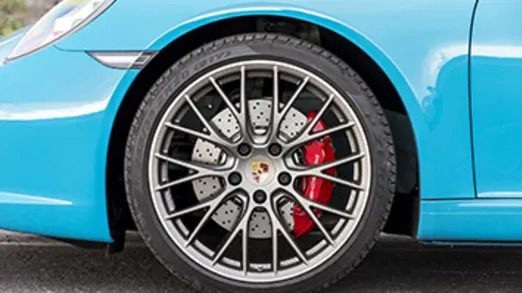
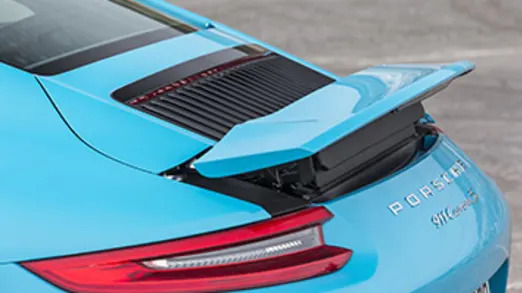

Behind me is the new engine: a 3.0-liter, twin-turbocharged flat-six. At idle, it still has that unmistakably Porsche, horizontally opposed hum. I've got 420 horsepower and 368 pound-feet of torque to work with, increases of 20 hp and 43 lb-ft compared to the old 3.8-liter, naturally aspirated six. If I launch it, I'll hit 60 miles per hour in under four seconds. Power is routed through the Porsche Doppelkupplung transmission – the best dual-clutch tranny in the business – and the fat, 305-section Pirelli PZero tires out back get all that thrust to the ground.This forced-induction heart beats beautifully in the 911's rump.
There's a strong engine noise, complemented by the sound of the turbos sucking in air via the intakes just below the rear window. And then there's the exhaust. The standard Carrera comes with two large outlets and the Carrera S replaces those with quad pipes. But I've got the optional sport exhaust, not pictured on the car you see here, with two round outlets moved toward the center of the 911's hiney. Not only do they look way cooler, they're a treat for the ears. The Spanish may have decided to tunnel through many of Tenerife's mountainsides, but the pleasure of punching the throttle and letting the exhaust sing easily makes up for any loss of scenic views.
The Carrera S' full 368 lb-ft is available right from 1,700 rpm, and there's no lag prior to arrival. As I launch up the side of the mountain, there's a rush of power available at every second, and the torque stays strong up to 5,000 rpm. In Sport Plus mode, the 911 is on full attack, and I never have to second-guess the action of the PDK gearbox. It is always in the correct gear, all of the time. Yes, Porsche still offers the seven-speed manual transmission as standard, and it's excellent. Automatic throttle blipping in Sport and Sport Plus modes makes for perfect downshifts, and a light, progressive clutch means you can fire off quicker shifts when driving hard. But the benefit of the turbo is added low-end power, so in the manual car, I'm shifting less often than with the naturally aspirated engine. Still, while I adore the seven-speed stick, that PDK is the star of the show.


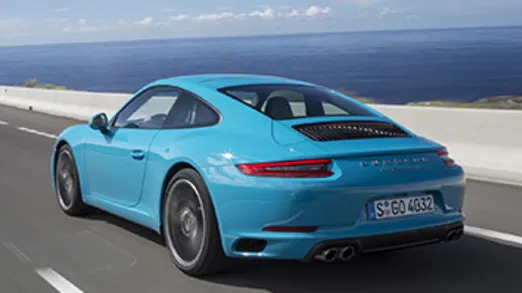
I'm not even two turns into the mountain run and I'm already praising the new 911's enhancements. The turbo engine is outstanding – it's a forceful, willing partner for spirited driving, and power delivery here feels as linear as it ever did with the outgoing 3.8. But equally impressive is how the Carrera delivers all that force to the road. New for 2017, the S is available with rear-axle steering – an adaptation of what's found on the 911 Turbo and GT3. With this option, the Carrera S' turning circle is reduced by 1.6 feet, and like other rear-steer systems, it works to improve turn-in, as well as stability when darting between lanes at high speed. All told, it works like a dream. Driven back-to-back with a non-rear-steer car, I notice a reduction of effort during fast cornering – my hands aren't moving nearly as much when manhandling the 911 along Tenerife's endlessly curvy roads. Feedback through the thicker-rimmed steering wheel is great, too – communicative but not overly chatty.The Carrera absolutely hugs the road, and the active suspension damping is a godsend.
Porsche's Active Suspension Management chassis (PASM) is now standard across the 911 Carrera range, so the 991.2 is 10 millimeters lower to the ground than its predecessor. To help negotiate driveways and speed bumps, given the lower ride height, there's an optional electro-hydraulic lift system that raises the nose by 40 millimeters over the course of five seconds. The Carrera S carries roughly 100 more pounds than it used to, weighing 3,219 pounds. Overall aerodynamics are better, though, with active cooling flaps in the front that work in conjunction with the rear wing out back. The spoiler is deployed at an angle that coordinates with what the front intakes are doing, to achieve better balance between the fore and aft axles. In the end, the Carrera absolutely hugs the road, and the active suspension damping is a godsend. Road imperfections are buffed out at high speed, but the driver still knows exactly what's going on at all four corners.
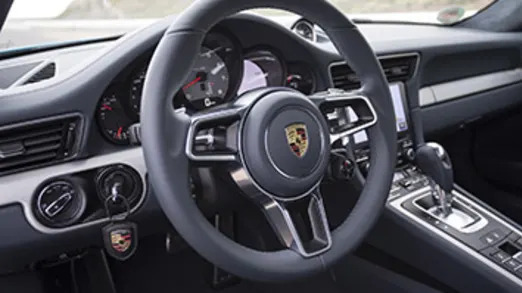
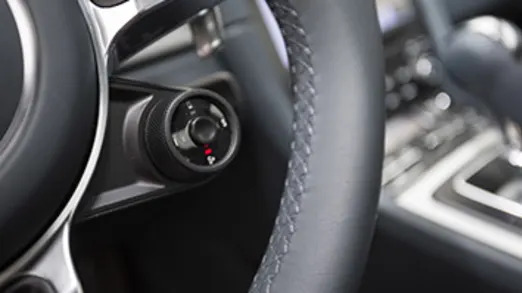

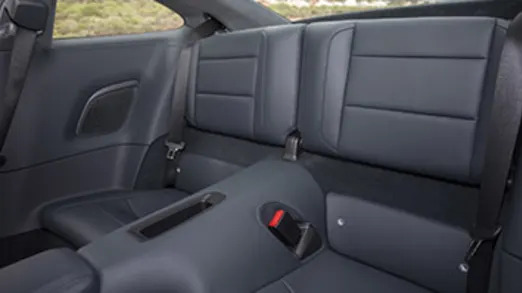
The more precise handling, wider rear rubber (305 millimeters instead of 295), and more robust power delivery characteristics make the 911 a far better sports car than ever before. Rightly so, the Cayman gets a lot of credit for feeling like a smaller, more nimble 911. But the 991.2 improvements, specifically in the Carrera S, take it deeper into sports-car territory. Even the base Carrera, with its 370-hp, 331-lb-ft tune, is a more rewarding car to drive now, with the same excellent antics from the 3.0-liter turbo six and improved chassis setup.Even the base Carrera, with its 370-hp, 331-lb-ft tune, is a more rewarding car to drive these days.
But the 911 Carrera is still a fantastic grand tourer. Even in Sport Plus setting, the PASM suspension is comfortable enough to be driven over rough stretches for long distances. Elsewhere on Tenerife, I blast up the side of a volcano to 7,000 feet above sea level. The roads here are coarse, with huge dips and divots that all attempt to constantly upset the 911's chassis. But the car doesn't care. It still feels as easily controllable and comfortable as it did on smooth surfaces, and aside from some increased tire noise from rough roads, the overall experience is perfectly pleasant. Plus, thanks to those turbos, the engine never feels out of breath at this increased altitude.
There's a trick bit of performance tech added to the Sport Chrono system this time around. Normal, Sport, Sport Plus, and Individual modes are controlled through a dial mounted at the five o'clock steering position, and in the middle, there's a very special button that really ought to be painted red. Push it, and for 15 seconds the 911 automatically puts itself in the optimal settings for maximum power thrust. It's an immensely satisfying push-to-pass feature for quickly overtaking the stupid Prius that's always in your way.
When put to work as a GT car, a couple thoughtful improvements make the 911 more livable day to day. Nothing's changed in terms of fit and finish or cabin design, but that's fine – the car is super comfortable. Most notably, the PCM infotainment interface is greatly improved, with better response time, a wider range of features and functionality, and an overall cleaner design. There's mobile wi-fi, real-time traffic information, Google Earth and Street View maps, an online search function for the navigation, and the incorporation of Apple CarPlay (but not Android Auto). No, none of that is revolutionary for the automotive space these days – especially in the price bracket where the 911 plays. But this was a massive sore spot in the original 991 generation, so three cheers for resolving that issue.Pricing gets a modest hike for 2017, with the base 911 Carrera starting at $89,400. You can't get into an S for less than $103,400.
Speaking of price, it gets a modest hike for 2017, with the base 911 Carrera starting at $89,400 – a $5,100 jump. You can't even get into a Carrera S for less than $100,000 these days, with the 991.2 starting at $103,400 (a $4,500 increase). Of course, you mustn't forget about Porsche's exhaustive options catalog – I highly recommend wasting a few minutes and seeing how expensive you can configure a new 911. The first deliveries will take place in March of next year.
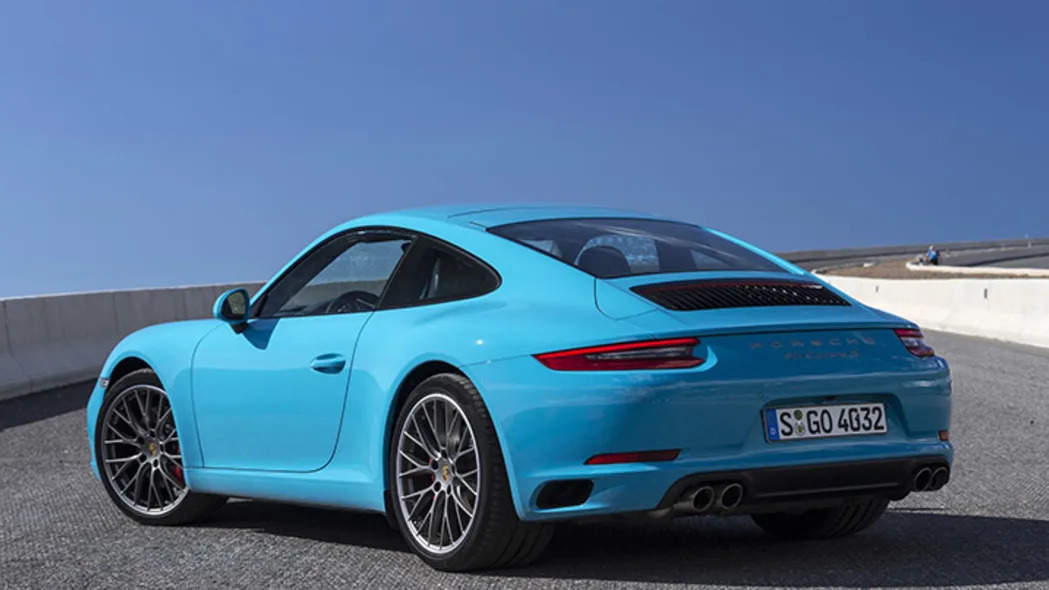
Visually, evolutionary tweaks are evident on the updated 911. Up front, that means a resculpted fascia with sharper creases and optional four-point daytime running lamps in the LED headlamps. Around back, it's easier to pick out a 991.2 with its vertical louvers on the engine cover, sharper taillamps that also incorporate the four-point running light theme, and air outlets that flank both sides of the rear skirt. Some new colors are available, including the Miami Blue pictured here, which, frankly, is the best hue you can get on the 911, so don't even bother considering the others. Picture it with black wheels and black script on the rear. As the Spanish would say, que magnífico.I, for one, welcome our new forced-induction overlords.
No matter the model, the 991.2 911 is sharp, planted, and poised. But that Carrera S is downright brilliant. The turbocharged enhancements, improved chassis, and new steering technology in the S place it higher on the sports-car ladder than the outgoing model, adding some much-needed separation between it and the Cayman. (Until the 911's little brother goes all-turbo, anyway.) The third shift in the evolution of 911 kicks off with a loud, turbocharged bang. And I, for one, welcome our new forced-induction overlords.
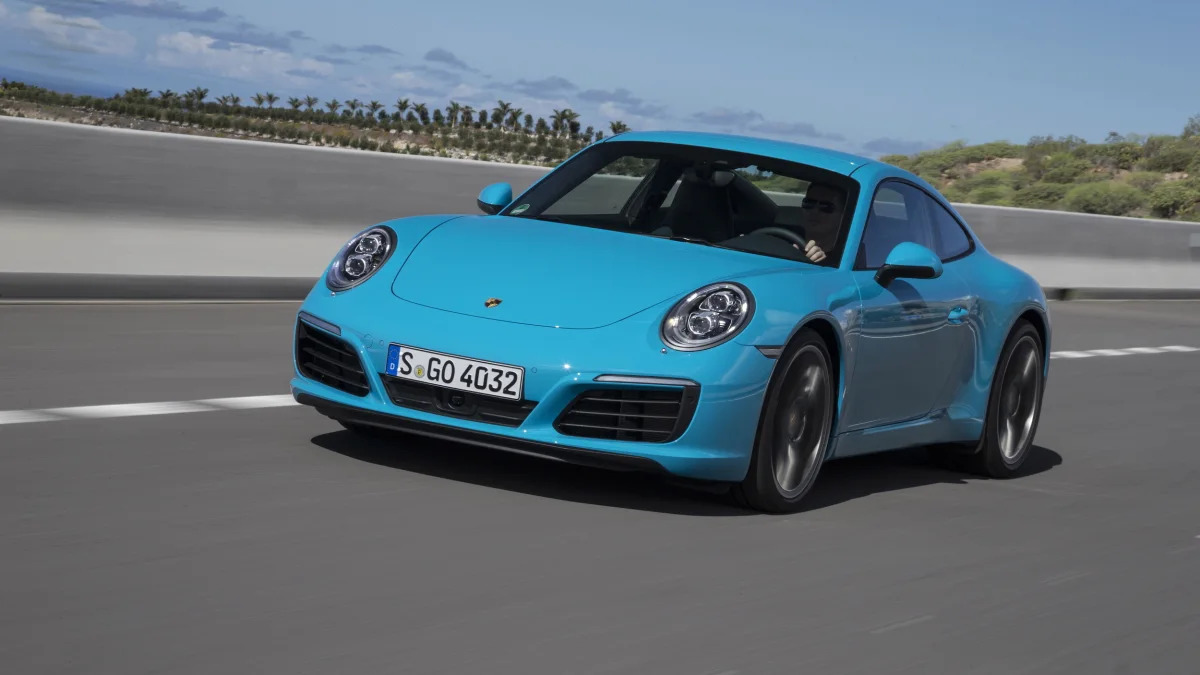








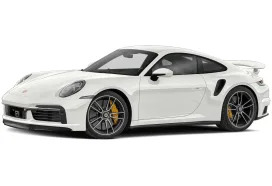
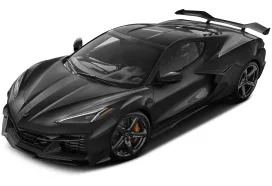


Sign in to post
Please sign in to leave a comment.
Continue